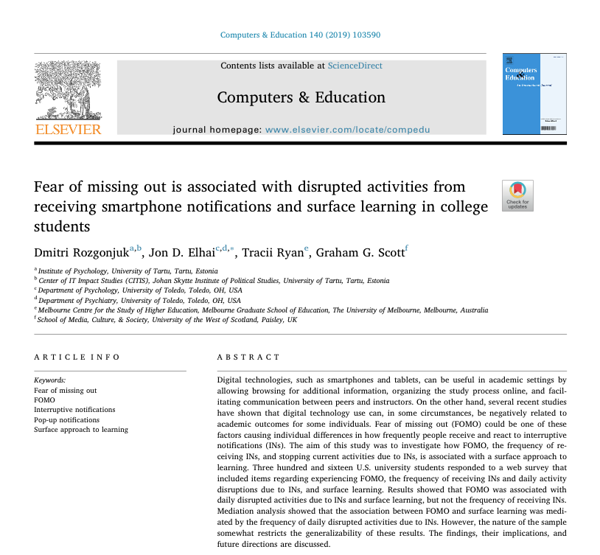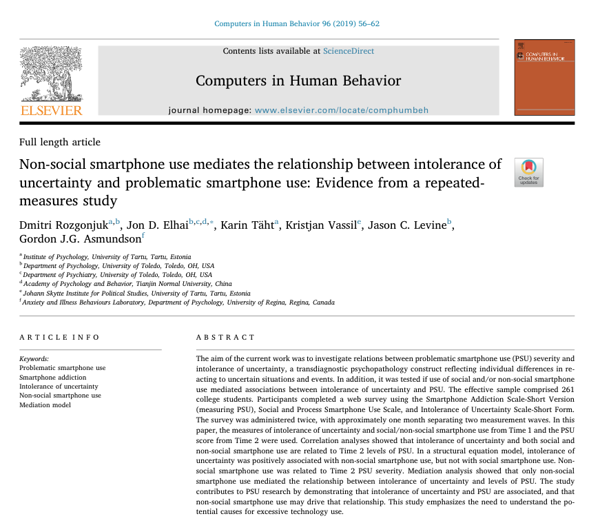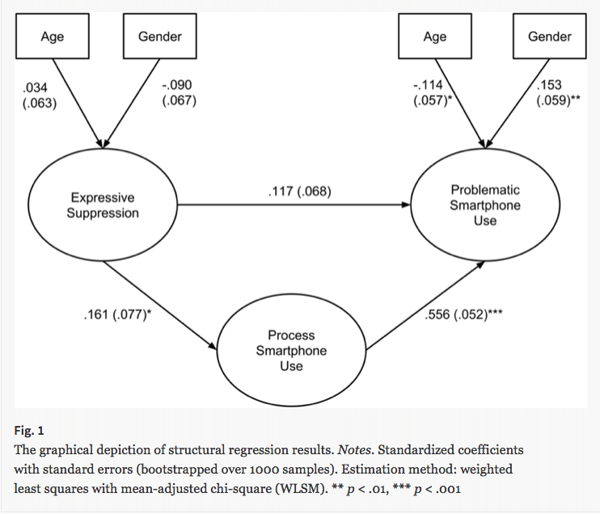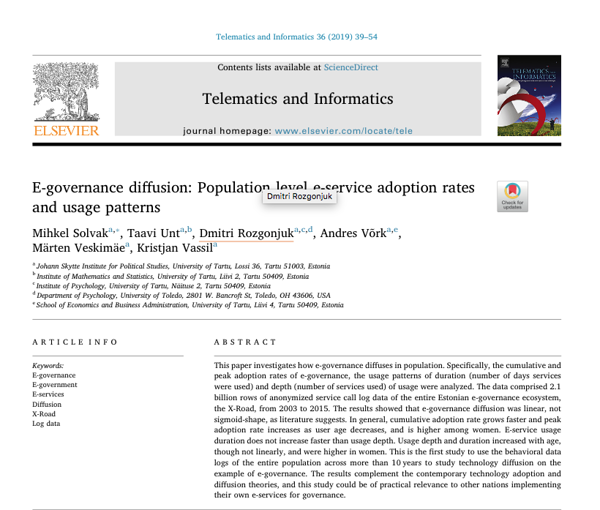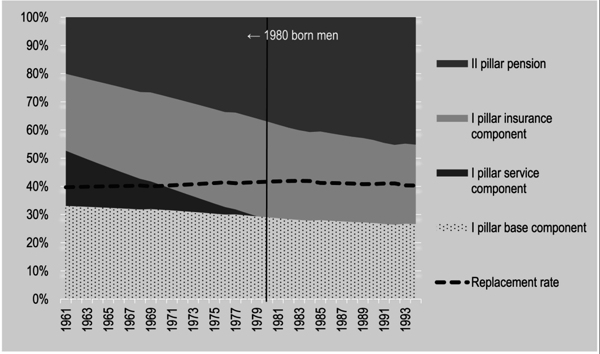Fear of missing out is associated with disrupted activities from receiving smartphone notifications and surface learning in college students
Digital technologies, such as smartphones and tablets, can be useful in academic settings by allowing browsing for additional information, organizing the study process online, and facilitating communication between peers and instructors. On the other hand, several recent studies have shown that digital technology use can, in some circumstances, be negatively related to academic outcomes for some individuals. Fear of missing out (FOMO) could be one of these factors causing individual differences in how frequently people receive and react to interruptive notifications (INs). The aim of this study was to investigate how FOMO, the frequency of receiving INs, and stopping current activities due to INs, is associated with a surface approach to learning.
Non-social smartphone use mediates the relationship between intolerance of uncertainty and problematic smartphone use: Evidence from a repeated-measures study
The aim of the current work was to investigate relations between problematic smartphone use (PSU) severity and intolerance of uncertainty, a transdiagnostic psychopathology construct reflecting individual differences in reacting to uncertain situations and events. In addition, it was tested if use of social and/or non-social smartphone use mediated associations between intolerance of uncertainty and PSU.
Emotion regulation in relation to smartphone use: Process smartphone use mediates the association between expressive suppression and problematic smartphone use
Previous research has shown that problematic smartphone use (PSU) is related to several affect-related psychopathology variables. Emotion dysregulation has been regarded as a central psychological factor associated with that type of psychopathology. In this paper, the association between expressive emotional suppression, a form of emotion dysregulation, with PSU was investigated. Furthermore, we tested if types of smartphone use (process and social use) mediated that association.
E-governance diffusion: Population level e-service adoption rates and usage patterns
This paper investigates how e-governance diffuses in population. Specifically, the cumulative and peak adoption rates of e-governance, the usage patterns of duration (number of days services were used) and depth (number of services used) of usage were analyzed.
The effects on intra‐generational inequality of introducing a funded pension scheme: A microsimulation analysis for Estonia
This article written by Andres Võrk and Magnus Piirits uses a single male cohort microsimulation model to analyse the intra‐generational and distributional effects of a shift in Estonia from a defined benefit pay‐as‐you‐go (PAYG) pension system to a multi‐pillared system with a PAYG scheme with contribution‐based insurance components and a funded pension scheme.

